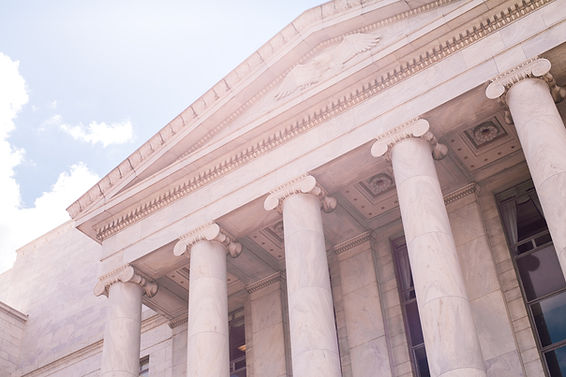

HUD Statement
NCAPER's Response To HUD/CDBG Disaster Recovery Funds
The National Coalition for Arts’ Preparedness and Emergency Response/NCAPER, https://www.ncaper.org founded in 2006, is a voluntary task force of national, regional, state and local arts organizations, public agencies, and foundations. The Coalition helps ensure that artists, arts/cultural organizations, cultural funders, and arts businesses have the capacity and ability to respond effectively to disasters and emergencies affecting the arts and culture sector. The Coalition’s Charter Members are listed at the end of this submission.
According to the National Endowment for the Arts’ Artists and Other Cultural Workers: A Statistical Portrait, 2019, artists are 3.6 times more likely as other workers to be self-employed. The COVID-19 pandemic particularly impacted artists and creative workers; many maintain their studios/workspaces, which often are combination live/workspaces, and could not access unemployment or paycheck protection benefits. While these characteristics make many artists particularly prone to heavy impacts from natural and human-caused disasters, communities rely on artists and arts organizations to recover from crises and mitigate future impacts.
The return of free outdoor public music performances following the 2010 Nashville floods provided respite and continuity to displaced residents. In flooded Baton Rouge in 2016, artists were vetted, trained, and deployed to FEMA response centers, providing opportunities for people to process their traumatic experiences while they were also in the room/tent/trailer to complete federal assistance applications for Project Creative Relief. https://www.artsbr.org/creativerelief.
During the COVID pandemic, community connectivity was largely frayed by the inability to gather in cultural spaces and arts experiences. Artists are increasingly engaged in both policymaking and on-the-ground projects to increase community resilience and to develop mitigation activities and practices for and with communities, including NCAPER’s Crisis Analysis and Mitigation Coaches program https://aircollaborative.org/cam-coaches/ which recruits and trains arts responders to coach distressed communities in developing/expanding mitigation efforts using the arts and creativity.
NCAPER strongly supports the principle that CDBG-DR is uniquely positioned to advance equity and prioritize disadvantaged communities, turning disaster-impacted neighborhoods that have historically faced underinvestment into resilient, healthy, sustainable, thriving communities. We believe that by ensuring that the needs of artists and creative workers are met through CDBG-DR regulations and requirements, HUD will be serving this principle. It’s imperative to retain these creatives in their home communities and ensure they have access to all the resources they are eligible to respond, recover and return to their business practice. If they can, they can continue their own business and creative practice, contribute to the immediate recovery of the community and be a catalyst for building community resilience in the long term. Therefore, we respectfully ask you to consider the following in your modifications to CDBG-DR rules and requirements.
Regarding Section 1. Reducing Administrative Burden and Accelerating Recovery, Section k: we encourage HUD to enroll arts/culture organizations (particularly Local Arts Agencies/Councils) and artists to provide technical assistance to potential applicants and grantees. Their connections in communities can reach populations who may be intimidated by or resistant to government processes and/or who are underserved. They can work with HUD and local officials to ‘translate’ densely written information and instructions into visuals, imagery, spoken word, and performance.
Regarding Section 6. Incorporating Mitigation and Resilience Planning, section c: We encourage HUD to do more to engage arts and creative partners in the integration of long-term disaster recovery and mitigation planning into other existing federal, state, and local planning requirements. Specifically, we encourage HUD to engage directly with the National Assembly of State Arts Agencies, its member state arts agencies (SAAs); and Americans for the Arts and its member Local Arts Agencies (LAAs). These agencies are conduits for federal, state, and local funding; can support state/city-wide initiatives and pilots; and work in partnership with other entities, including Governors’/Mayors’ Offices, Emergency Management offices, Historic Preservation Offices, and Departments of Commerce/Economic Development.
Prepared by Mollie Quinlan-Hayes, NCAPER, February 2023

